| Weight | 1 lbs |
|---|---|
| Dimensions | 9 × 5 × 2 in |
| host | mouse |
| isotype | IgG |
| clonality | monoclonal |
| concentration | concentrate, predilute |
| applications | IHC |
| reactivity | human |
| available size | 0.1 mL, 0.5 mL, 1 mL concentrated, 7 mL prediluted |
rabbit anti-Smoothelin monoclonal antibody (ZR169) 6436
Price range: $160.00 through $528.00
Antibody summary
- Rabbit monoclonal to Smoothelin
- Suitable for: Immunohistochemistry (formalin-fixed, paraffin-embedded tissues)
- Reacts with: Human
- Isotype:IgG
- Control: Leiomyoma
- Visualization: Cytoplasmic and nuclear
- 0.1, 0.5, 1.0 mL concentrated, 7 mL prediluted
rabbit anti-Smoothelin monoclonal antibody ZR169 6436
| target relevance |
|---|
| Protein names Supervillin (Archvillin) (p205/p250) |
| Gene names SVIL,SVIL |
| Protein family Villin/gelsolin family |
| Mass 247746Da |
| Function FUNCTION: [Isoform 1]: Forms a high-affinity link between the actin cytoskeleton and the membrane. Is among the first costameric proteins to assemble during myogenesis and it contributes to myogenic membrane structure and differentiation (PubMed:12711699). Appears to be involved in myosin II assembly. May modulate myosin II regulation through MLCK during cell spreading, an initial step in cell migration. May play a role in invadopodial function (PubMed:19109420). {ECO:0000269|PubMed:12711699, ECO:0000269|PubMed:19109420}.; FUNCTION: [Isoform 2]: May be involved in modulation of focal adhesions. Supervillin-mediated down-regulation of focal adhesions involves binding to TRIP6. Plays a role in cytokinesis through KIF14 interaction (By similarity). {ECO:0000250|UniProtKB:O46385}. |
| Subellular location SUBCELLULAR LOCATION: Cell membrane; Peripheral membrane protein; Cytoplasmic side. Cytoplasm, cytoskeleton. Cell projection, invadopodium. Cell projection, podosome. Midbody {ECO:0000250|UniProtKB:O46385}. Cleavage furrow {ECO:0000250|UniProtKB:O46385}. Note=Tightly associated with both actin filaments and plasma membranes. |
| Tissues TISSUE SPECIFICITY: Expressed in many tissues. Most abundant in muscle, bone marrow, thyroid gland and salivary gland. Isoform 1 (archvillin) is muscle specific. {ECO:0000269|PubMed:9867483}. |
| Structure SUBUNIT: Associates with F-actin (PubMed:9867483). Interacts with NEB (PubMed:18639526). Interacts with MYH9 (By similarity). Interacts with MYLK (By similarity). Interacts with TASOR (By similarity). {ECO:0000250|UniProtKB:O46385, ECO:0000250|UniProtKB:Q8K4L3, ECO:0000269|PubMed:18639526, ECO:0000269|PubMed:9867483}.; SUBUNIT: [Isoform 2]: Interacts with TRIP6 (By similarity). Interacts with DYNLT1 (By similarity). Interacts with KIF14; at midbody during cytokinesis (By similarity). {ECO:0000250|UniProtKB:O46385}. |
| Domain DOMAIN: As opposed to other villin-type headpiece domains, supervillin HP (SVHP) doesn't bind F-actin due to the absence of a conformationally flexible region (V-loop). {ECO:0000269|PubMed:19683541}. |
| Involvement in disease DISEASE: Myopathy, myofibrillar, 10 (MFM10) [MIM:619040]: A form of myofibrillar myopathy, a group of chronic neuromuscular disorders characterized at ultrastructural level by disintegration of the sarcomeric Z disk and myofibrils, and replacement of the normal myofibrillar markings by small dense granules, or larger hyaline masses, or amorphous material. MFM10 is an autosomal recessive disorder characterized by muscle pain, cramping, exercise fatigue, and progressive muscle rigidity. {ECO:0000269|PubMed:32779703}. Note=The disease is caused by variants affecting the gene represented in this entry. |
| Target Relevance information above includes information from UniProt accession: O95425 |
| The UniProt Consortium |
Data
Publications
| pmid | title | authors | citation |
|---|---|---|---|
| We haven't added any publications to our database yet. | |||
Protocols
| relevant to this product |
|---|
| IHC |
Documents
| # | SDS | Certificate | |
|---|---|---|---|
| Please enter your product and batch number here to retrieve product datasheet, SDS, and QC information. | |||
Only logged in customers who have purchased this product may leave a review.
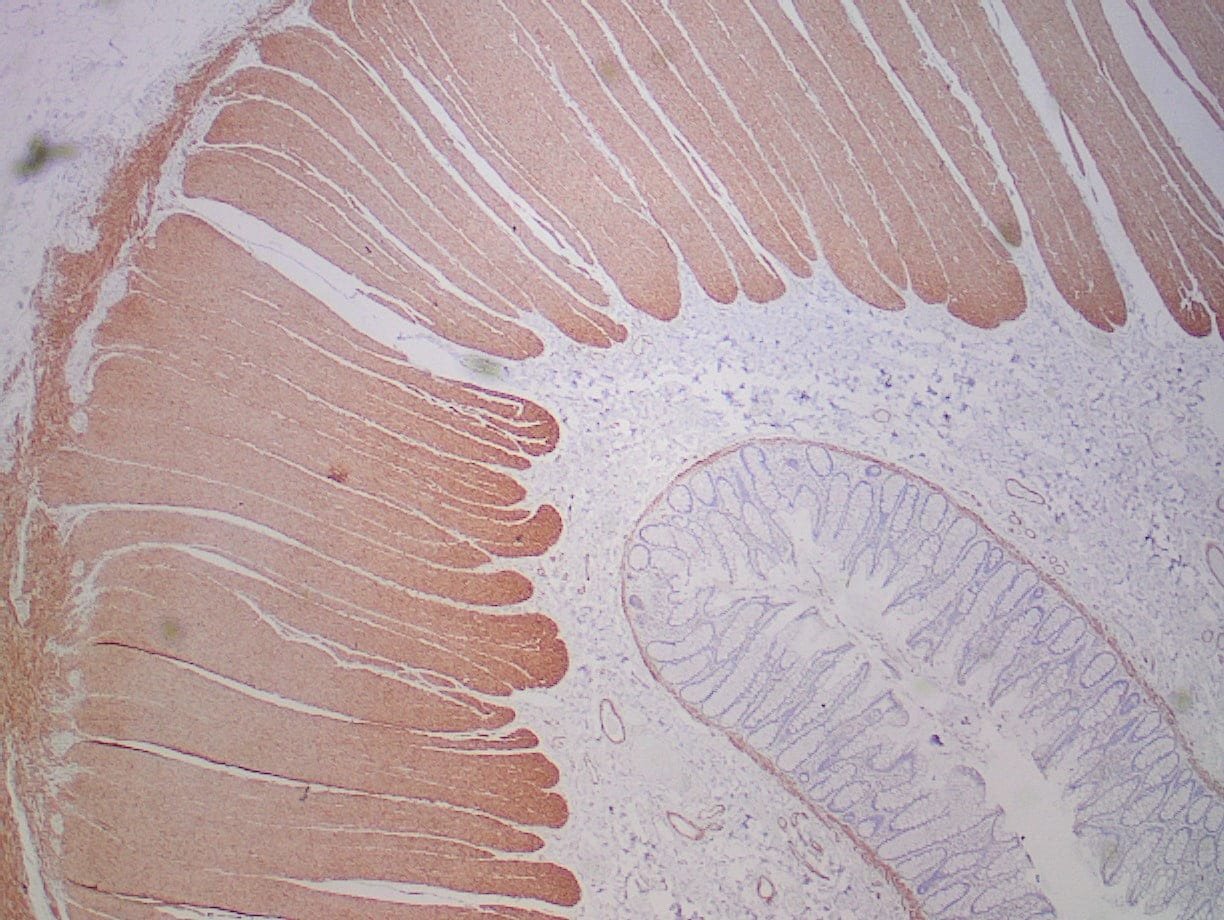
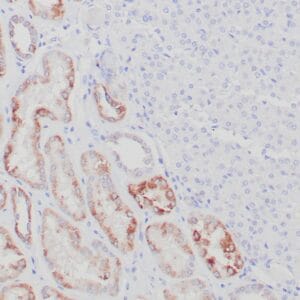
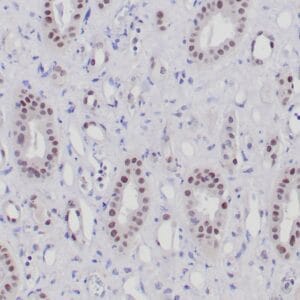
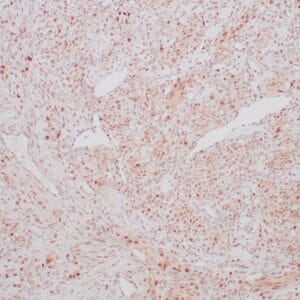

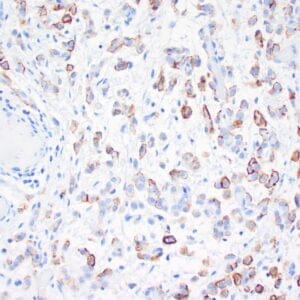
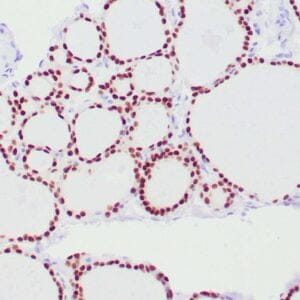
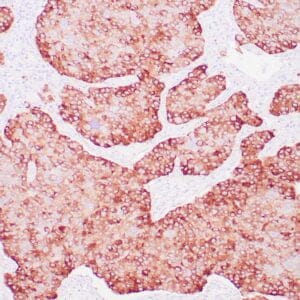
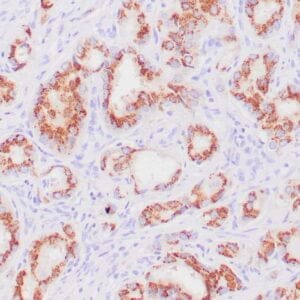

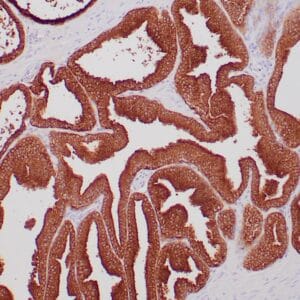
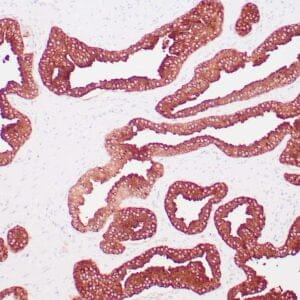
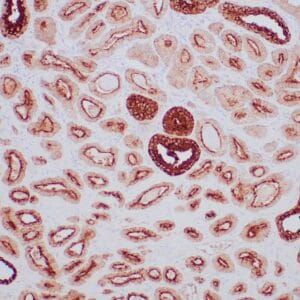
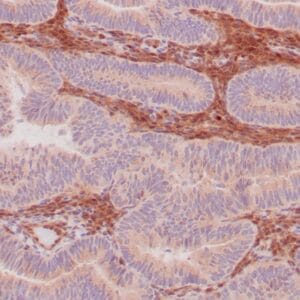
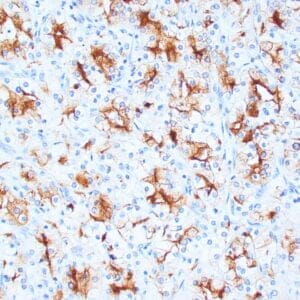
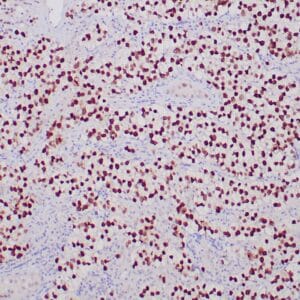
Reviews
There are no reviews yet.